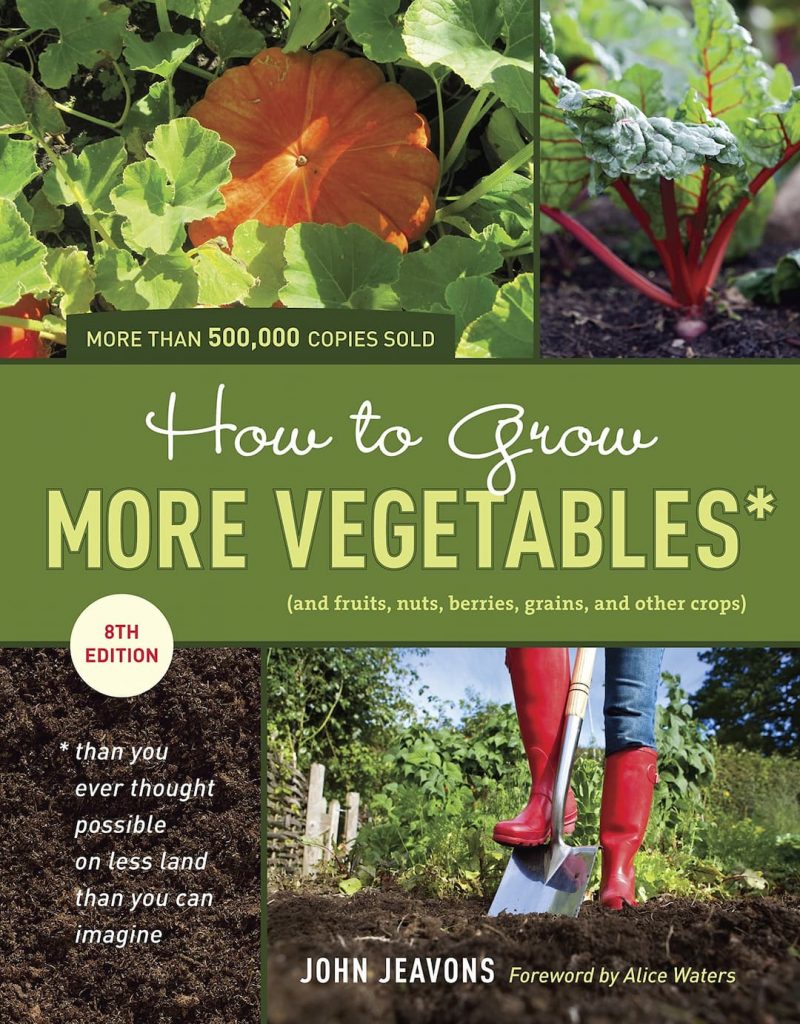The work has always been worthwhile despite the continuing challenge of attracting strong, ongoing support. The biggest single asset to this undertaking is John Jeavons’s unfailing stamina and dedication. Over and over, when we all ask, “Can it work?” he answers, “How are we going to make it work? ” it’s turning into progressively clear that GROW BIOINTENSIVE property Mini-Farming are going to be a vital a part of the answer to starvation and deficiency disease, dwindling energy supplies, unemployment, and exhaustion and loss of arable land, if the social and political challenges can be met.
After forty years of testing, GROW BIOINTENSIVE food-raising has produced amazing benets. Yields can average 2 to 6 times those of U.S. Agriculture, and a few range up to 31 times higher—a plus at a time of peak food. But there’s still more to learn; for example, we are still working to develop an optimally healthy soil system.
Compost and calorie crops present the most challenges because they are crucial in meeting the nutritional needs of people and the soil. Experiments include alfalfa, fava beans, wheat, oats, cardoon, and comfrey. So far our yields are from one to ve times the U.S. Average for these crops. Water use is well below that of business agriculture per pound of food made, and is concerning thirty third to twelve-tone system that of typical techniques per unit of surface area. This is especially important in a world that has reached a point of peak water.
How to Grow more Vegetables (pdfhive.com)
Nine years of growing and testing in Ecology Action’s urban garden mini-farm came to an end in 1980 due to the termination of our lease and new construction on that land. Like so much other agricultural land in the United States, our lovingly tended beds succumbed to the press of urbanization. The city growing space ready United States of America for a rural website.
The facilities of grocery store and electric lines were exchanged for open skies and room to grow more herbs, owers, vegetables, beans, grains, and compost crops than we ever imagined. At the Common compost crops than we ever imagined. At the ground Mini-Farm in Willits, California, we are enjoying a permanent site where we can grow trees of all kinds-for food, fuel, and beauty.
Other projects include a selffertilizing lawn composed of fragrant herbs and clovers, and a working mini-farm. In 1973, we initially estimated that a one-person small holding (1⁄8 to 1⁄2 acre) could grow crops bringing in a net income of $5,000 to $20,000 a year (about $100 to $400 a week) after four to ve years.
However, one woman on Vancouver Island, British Columbia, was earning about $400 a week growing gourmet vegetables for restaurants on 1⁄16 of an acre twenty years after we began. At rst she thought it could not be done, but when she tried growing crops for income it worked. She then passed her skills on to twelve other women. Crops grown may include collards, chard, beets, mangels, spinach, green onions, garlic, radishes, romaine and Bibb lettuce, zucchini, pattypan squash, cucumbers, and lavender.
Rather than entirely trying to Ecology Action for answers, we hope you will dig in and try GROW BIOINTENSIVE for yourself! The techniques are simple to use, as this book shows. No large capital expenses are necessary to get started. The techniques work in varied climates and oils. American farmers square measure feeding the planet

Get from Amazon
Related Books:
-
Chemistry 9 Textbook English Medium
-
Chemistry 9 Textbook English Medium
-
Chemistry 9 Textbook Urdu Medium
-
Chemistry 9 Easy Notes – pdfhive.com
-
Chemistry 10 Textbook English Medium
-
An Insight Into Objective Chemistry 11
-
Chemistry 11 Textbook FSc Part-1
-
Chemistry 12 Textbook FSc Part-2
For further visit again www.PDFHive.com








